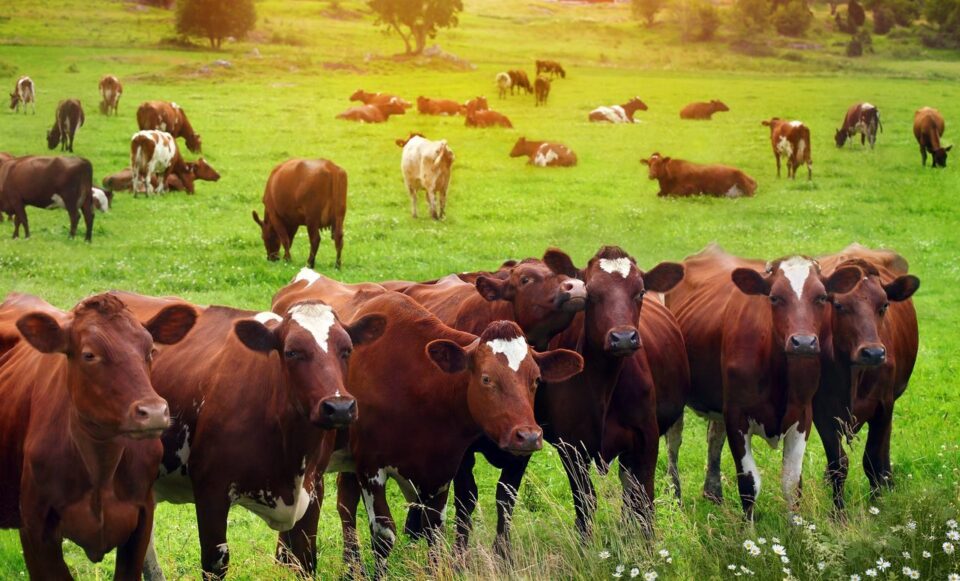Across rural Africa, small-scale cattle farmers play a vital role in food security and economic resilience. Yet, many remain trapped in cycles of poor productivity and limited market access, unable to grow into thriving commercial operations. A recent comparative study focusing on South Africa and Kenya sheds light on these shared challenges—and uncovers promising solutions that could reshape the future of livestock farming for smallholders.
The Common Struggles of Small Farmers
The study reveals that in both South Africa and Kenya, small-scale cattle farmers face significant production issues. Poor grazing practices, lack of proper veterinary care, and inadequate animal husbandry techniques often result in low-quality livestock. Compounding these challenges are structural obstacles such as:
-
Limited access to market information
-
Poor rural infrastructure
-
Cultural practices that discourage commercial livestock sales
-
Weak farmer representation in formal markets
These barriers contribute to low market participation, reducing income opportunities and discouraging long-term investment in farming.
A Tale of Two Countries: Shared Issues, Different Outcomes
Through ethnographic research and case studies conducted in key livestock-farming regions of both countries, the study identified three major findings:
-
South Africa’s Challenge: Production and Market Barriers
Smallholder cattle farmers in rural South Africa, particularly Black farmers, are hampered by both production inefficiencies and limited market access. Without adequate support, many are unable to scale up and enter the formal agricultural economy. -
Kenya’s Strength: Better Marketing, But Still Controlled
Kenyan farmers experience similar production issues but fare slightly better in marketing their animals. However, the market system remains largely broker-dominated, limiting fair pricing and reducing profits for farmers. -
A Promising Model in South Africa
A standout case from South Africa’s Eastern Cape Province shows how farmers can overcome these challenges through a holistic, environmentally sustainable approach. Supported by a collaborative research project, these farmers benefit from integrated support in animal health, grazing management, and direct market access—leading to improved outcomes in both production and profitability.
Lessons for the Future: Holistic Development Works
The Eastern Cape model offers valuable lessons. By addressing environmental, technical, and economic aspects together, it provides a blueprint for empowering smallholder farmers across the continent. The study recommends replicating this approach in other rural areas of South Africa to help transform emerging farmers into viable commercial producers.
However, successful replication requires strong coordination—and that’s where the government comes in.
Call for Government Action
For this model to scale nationally, the study proposes that South Africa’s national agricultural extension office should take the lead. With its mandate to work directly with farmers, the extension office is best placed to facilitate training, provide resources, and guide the transformation process.
Conclusion: A Path Forward for Small Farmers
The path to commercial success for small rural livestock farmers in Africa is not without obstacles—but it is within reach. By learning from both the successes and struggles in Kenya and South Africa, stakeholders can design smarter, more inclusive strategies that improve livestock quality, open up market access, and ensure small-scale farmers are not left behind.
With the right support and coordinated efforts, small farmers can become big contributors to the continent’s agricultural future.



